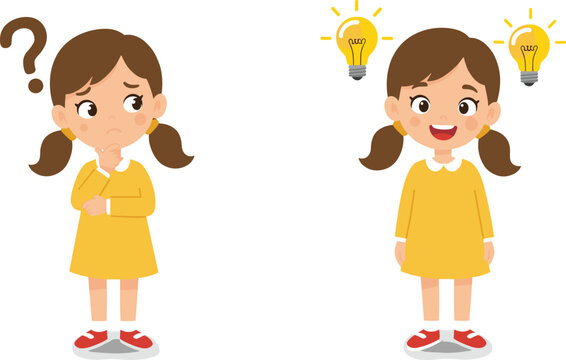
When people think of tutoring, they tend to focus on the grades. I would be lying if I said I didn’t feel the same way when I first started. However, I have come to realise that one of the unspoken benefits of tutoring is in the subtle ways students learn resilience.
The other day, one of my students came to a problem in her maths worksheet that she couldn’t solve. She was at the verge of giving up and moving on. I told her to come up with another way to approach the problem. She did so, but made the same mistake over and over. Finally, after about the fifth attempt, she had the answer. Her face when she looked up at me said it all: She solved the problem and proved to herself that she had the capacity to persevere.
In a way, that was what resilience is: the ability to deal with setbacks and continue to move forward. The great thing about tutoring is that we have an opportunity to normalise mistakes and even use them as a tool. When students start to see making mistakes as not the end of the world, their anxiety diminishes and they are more inclined to challenge themselves.
The other key difference between tutoring and school is the time we take to pause. Students can ask more questions, more slowly process a new idea, and even fail without having to feel self-conscious around their peers. This creates an environment in which students can build confidence and, in turn, resilience.
Of course, tutoring is about preparing for exams, but it is also so much more than that. In tutoring, students learn the tools they need to become resilient in the face of setbacks.
Daniella Siljeg

